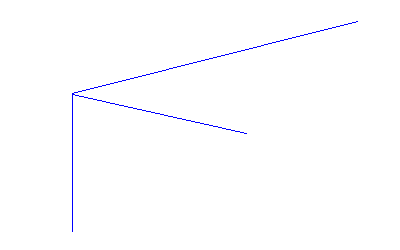
The outlines of many "typical boats" can be visualised using three curves, in three perpendicular planes.

To get an idea of this, just a "quarter of a boat" is enough.
So there's the keel and stem curve in the profile view.
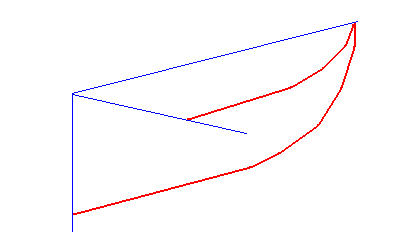
The sheer line in the plan view.

And a central fame in the body view.
These three curves define the boat. To some degree.
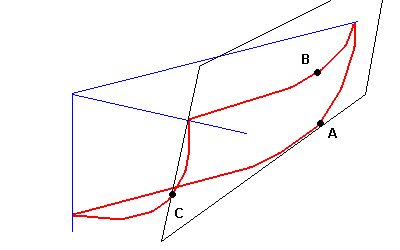
From the right, approach these curves with a plane. Such as a sheet of plywood.
Take the sheet so close to the curves, that it touches each one of them. Call the points, where the curves and plywood sheet meet A, B and C.
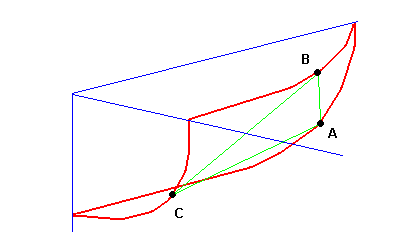
Think of the triangle formed between A, B and C.

The triangle forms a part of the boat skin. The plywood within this triangle is not bent, it is perfectly flat.
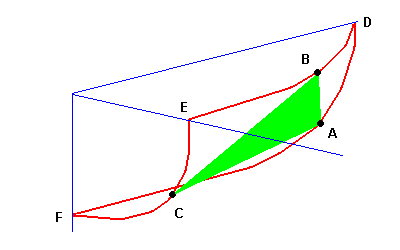
Think of the area from triangle side A-B to the point of the stem D.
It starts from a straight line A-B, and is limited by two curves. Along the sheer, B-D, and along the stem, A-D.
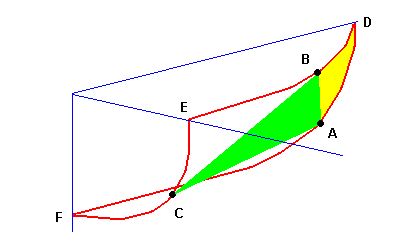
Bend the plywood on the right side of A-B along the curves.
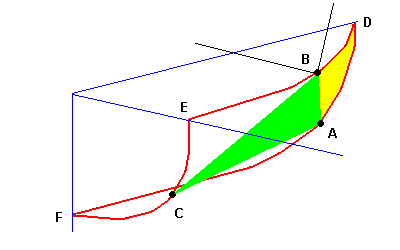
Next, think of bending the plywood over the following curves. From triangle side B-C towards the sheer-frame intersection E.
No, it won't bend, because the plywood is already bent the other way above the sheerline.
Make a cut to the plywood above the sheerline down to point B.
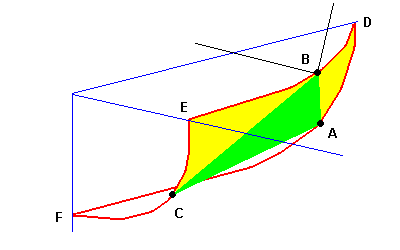
And then bend the corner of ply along the sheerline curve and the frame curve.
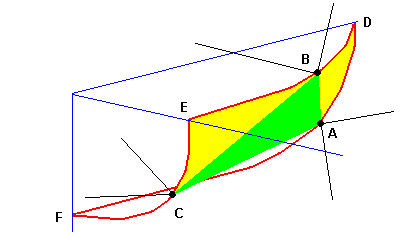
Likewise, make a cut outside the stem down to point A, and another cut at the frame to point C.
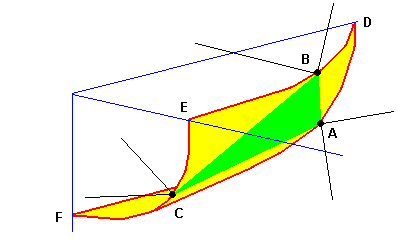
Now bend the last corner along the keel curve and the frame curve.
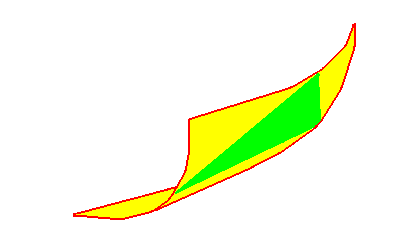
Voila. A nice curved looking quarter of a boat. But no compound curvature whatsoever. Instead, a flat triangle and three simple curvatures.
That makes four developable surfaces, patched together to form a single, bigger developable surface.
Take a close look at any of the "tortured" designs, and You'll always find the triangle there.
But yes, it looks deceptively like compound curvature, because a single piece of plywood is bent in three different directions. And Yes, it can look very nice indeed!
Of course You can put some compound curvature onto the triangle by pushing hard from the inside (like is done on some sailing catamarans, for instance).